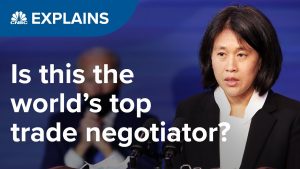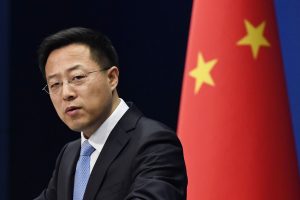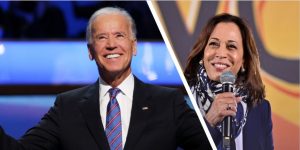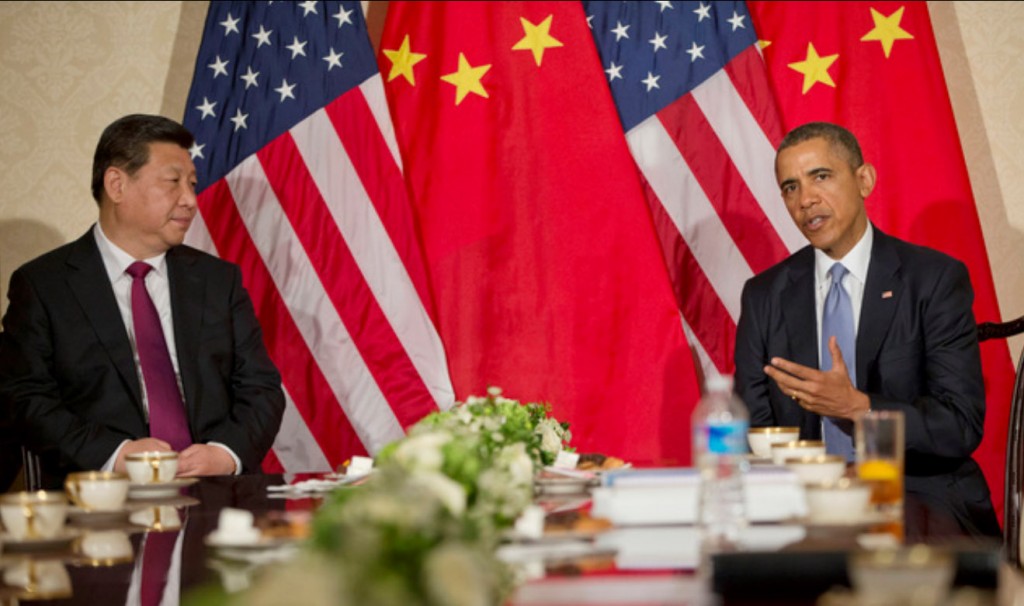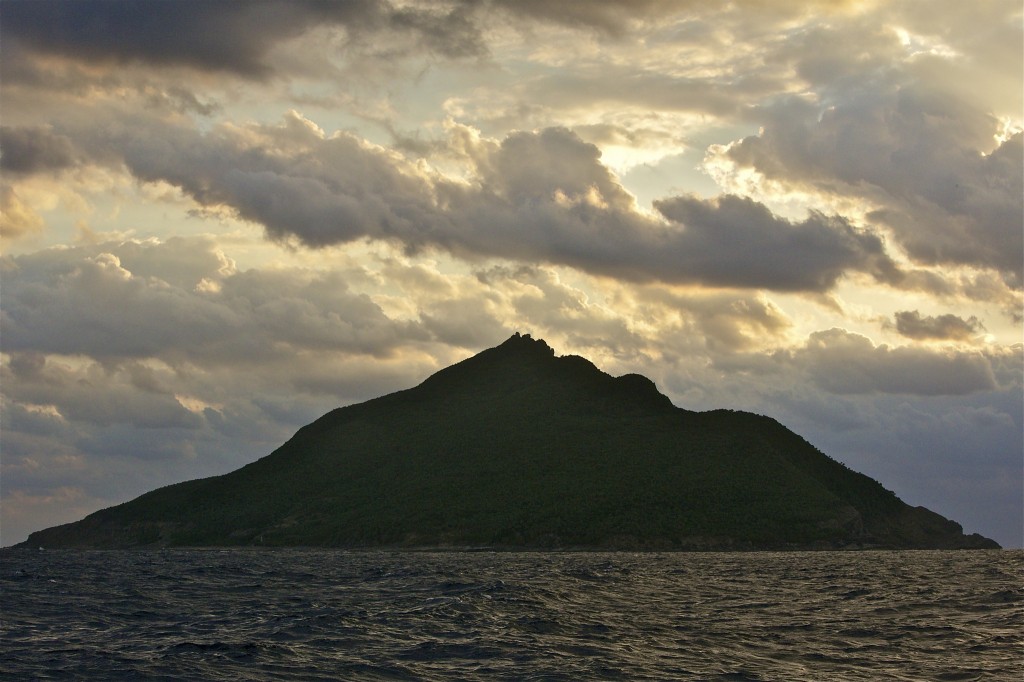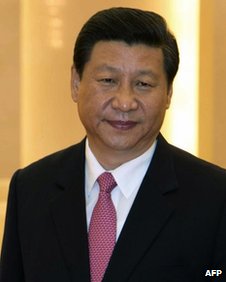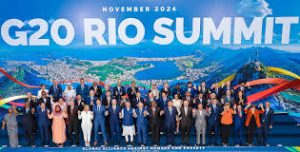
Happy Thanksgiving Weekend – Enjoy!
This piece forst appeared at EAF – https://eastasiaforum.org/2024/11/26/informal-global-leadership-can-help-steady-the-ship/
“All evidence suggested that Brazil’s G20 Summit was going to bean exceptionally difficult summit for the United States and its departing President Joe Biden — and it proved to be so with the USPresident appearing as all too evidently a ‘lame duck’ and the shadow of Biden’s successor, Donald Trump, all too evident in leaders’ discussions.
It has been a busy period for the informal international forums(‘Informals’). The Asia-Pacific Economic Cooperation (APEC) met inPeru on 15–16 November, followed immediately by the G20Leaders’ Summit in Brazil on 18–19 November. If these two summits were not enough, the BRICS+ Summit ran in Kazan,Russia on 22–24 October and the East Asia Summit also met inOctober. Leaders and their ministers have had significant opportunities to engage with other heads of government and state.
The question is whether these summits advanced globalgovernance policies or handled the current international context rifewith geopolitical tensions built on the back of conflicts in the Middle East and in Europe, US–China strategic competition and the growing populist and illiberal governments challenging the liberal order? The influence of Informals — especially the G20 but tovarying degrees the G7, BRICS, APEC and the many minilaterals such as the US–Japan–South Korea and China–Japan–South Korea trilateral frameworks — may grow in the increasingly fragmented global order.
The role of Informals has evolved before. Following the eruption of the 2008 Global Financial Crisis, there was discussion among experts about whether the just created G20 Leaders’ Summit was a‘crisis committee’ or a ‘steering committee’. In either case, it was presumed to be a capable of generating collective efforts of these key countries. There was strong approval of the G20 efforts to tackle the financial crisis and most observers would agree that their collective efforts aided at the time in getting past the financial crisis.
There was a tendency, naturally, to hone in on the collective G20 leaders’ efforts in the years that followed. The G20 announced efforts to coordinate among its 19 countries and the European Union — and now the African Union — with statements of implementation and agreed coordinated efforts expressed in verylengthy leaders’ communiques or declarations. Yet there was limited implementation by national governments and the international organisations.
The hope was then that the annual gatherings of G20 leaders would allow leaders to finalise collective efforts to make globalisation work for all and to provide a setting where advances could be secured for critical global issues like institutional financial reform, debt management and climate financing. These meetings also sought to achieve collective agreement to press forward on theSustainable Development Goals unanimously approved at the United Nations in 2015. But little of any of this was concluded.
The annual leaders gatherings, especially the G20, have provided at least valuable opportunities for leaders to reach beyond the collective gathering and arrange highly helpful bilateral meetings.For example, the 2023 APEC Summit in San Francisco enabled Chinese President Xi Jinping and US President Joe Biden to meet on the margins. This bilateral meeting is widely recognised as stabilising US–China relations and reopening various lines of communication, including military-to-military communication that had been suspended following the visit to Taiwan by then speakerof the House of Representatives Nancy Pelosi.
At the 2024 Peru APEC Summit, the two leaders met again. In thefading days of his presidency, Biden hoped to advance US–China relations. While the leaders were able to publicly express the hope for further cooperation, and there was agreement to maintain human control over nuclear weapons, the shadow of incumbent US president Donald Trump’s return clearly cooled the opportunities for further advancing efforts and left Xi warning over Taiwanese independence and other ‘red lines’.
Besides serving as the setting for leaders of the two leading powers to talk, the Peru APEC meeting also provided the setting for other leaders to hold critical meetings. One clear instance was Japanese Prime Minister Shigeru Ishiba and South Korean President YoonSuk-yeol. The two leaders held their second meeting in just over a month and enabled the two leaders to discuss the threat posed by recent North Korean efforts. They also pledged to continue ‘shuttle diplomacy’. Given the fraught relations between the two countries the meetings proved quite valuable.
The annual informals have created it seems numerous instances of leaders ‘huddling’ together, which has aided diplomacy. These diplomatic instances should not be underestimated, with the G20 representing two-thirds of the world’s global population and 85 percent of global GDP. Further, the G20 gathering in Brazil will have created space for various leader discussions on the eve of Trump’s return. Future gatherings at these summits may prove to be evenmore critical as opportunities to collaborate on trade, finance or climate in the face of Trumpian chaos will be difficult to come by otherwise.
While the Informals’ value for the global order it seems is largely inthe opportunity for leaders to connect and make diplomatic and security progress, the collective efforts of these gatherings cannot be completely dismissed. They may not support collective policy implementation as was once hoped but these summits do enable leaders — often the host country leaders — to amplify critical policy initiatives.
This has proven the case for the Brazil G20 Summit whereBrazilian President Luiz Inacio Lula da Silva used his G20 presidency to highlight the need for a global wealth tax on billionaires in a larger effort to support middle- and low-income countries. And the Declaration did at least create the Global Alliance against Hunger and Poverty. The Alliance is an initiative of Brazil that aims to create instruments to combat hunger and inequality at a global level. The Brazilian wealth tax on billionaires proposal could have raised hundreds of billions of dollars but such a commitment failed to make the Rio de Janeiro Declaration.Nevertheless, the collective expression in the Declaration and the Alliance that was created did hopefully provide a marker for the future.
The way Informals bring leaders together and foster collective diplomatic action will be increasingly important for upholding therules-based order, protecting international peace and spurring policy progress in an increasingly fragmented global order —especially with Trump’s return on the horizon.
Alan Alexandroff is Director of the Global Summitry Project and Co-Chair of the China-West Dialogue (CWD). When he teaches, he does so at the Munk School of Global Affairs and Public Policy at the University of Toronto.
Image Credit – G20

 Doing some quick catch up on the APEC Summit that was held between November 11th and 17th in San Francisco. The main event, as it turned out, was the much discussed bilateral summit between China’s Xi Jinping and US President Joe Biden. While the Indo-Pacific Economic Framework for Prosperity (IPEF) meetings to receive some attention – more for what didn’t happen than what was secured – the APEC gathering activity was dominated by US-China Bilateral Summit and there was some attention paid to the other bilateral Summit of note that between President Xi and the Japanese Prime Minister Fumio Kishida.
Doing some quick catch up on the APEC Summit that was held between November 11th and 17th in San Francisco. The main event, as it turned out, was the much discussed bilateral summit between China’s Xi Jinping and US President Joe Biden. While the Indo-Pacific Economic Framework for Prosperity (IPEF) meetings to receive some attention – more for what didn’t happen than what was secured – the APEC gathering activity was dominated by US-China Bilateral Summit and there was some attention paid to the other bilateral Summit of note that between President Xi and the Japanese Prime Minister Fumio Kishida.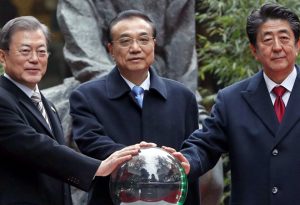 While I have suggested earlier that I don’t think an initial focus on building regional or multilateral institutions is necessarily the best first step in global governance and possibly a means to ‘tone down’ geopolitical competition rhetoric and action, I am now about to contradict myself and this position. For, in the end, there are some obvious regional and international institutions that could encourage collaborative action and push global governance collaboration. And, in fact, I have in mind an obvious one that has – as a current Chinese slang term might well describe it – ‘tang ping’ 躺平 – or ‘lying flat’. It is the Trilateral Summit.
While I have suggested earlier that I don’t think an initial focus on building regional or multilateral institutions is necessarily the best first step in global governance and possibly a means to ‘tone down’ geopolitical competition rhetoric and action, I am now about to contradict myself and this position. For, in the end, there are some obvious regional and international institutions that could encourage collaborative action and push global governance collaboration. And, in fact, I have in mind an obvious one that has – as a current Chinese slang term might well describe it – ‘tang ping’ 躺平 – or ‘lying flat’. It is the Trilateral Summit.